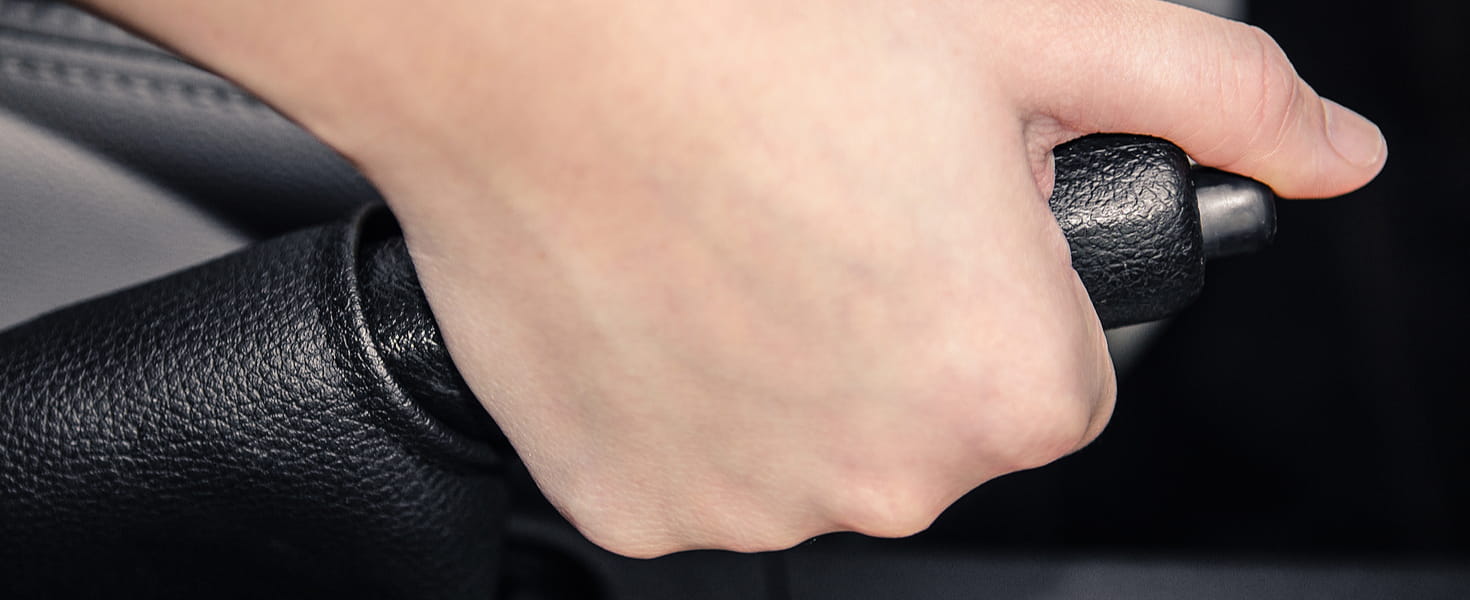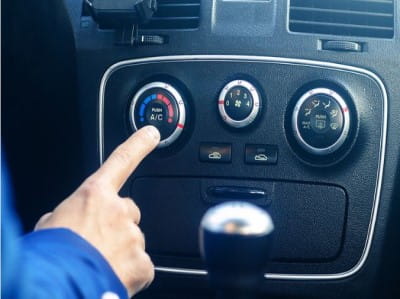
Why Use Your Emergency Brake for Parking?
It might surprise you to learn that the emergency brake is a misunderstood feature of vehicles both personal and commercial. Because of its name, many people—particularly those in areas where steep inclines are uncommon—think the brake is designed to be used only in, well, emergencies. Careful drivers may go a step further and use the emergency brake when parking on a hill to prevent the car from edging downward. But many experts agree that using the e-brake should be a much more routine part of driving—in fact, you should use it every time you park.
(We’ll be laying out the broad strokes below, but you should definitely head over to The Extra Mile to learn why the e-brake is an asset even in non-emergencies, and enjoy an in-depth explanation of the mechanics involved in your car’s different braking systems. The experts at the Extra Mile also discuss how to best use your e-brake in an actual emergency.)
Your regular brakes operate through pressure applied to calipers that squeeze your wheels to slow and eventually stop them. The emergency brake (also known as the parking brake or e-brake) system is its own mechanism, distinct from the regular pedal braking system. It uses wire to force the back tires to stop moving, and was initially conceived of as a backup brake, to be used in the event the standard brake system fails.
But you shouldn’t let the fact that your e-brake was designed to be a secondary system stop you from using it regularly. In fact, the emergency brake’s operation means it’s useful each and every time you park your car. While the parking brake controls your wheels directly, your regular brake system relies on shifting your car into the “park” gear, which is controlled by the transmission. You may notice that when you put your car in park, it takes a moment to fully stop moving—a result of the slight delay as the transmission tells the gearbox that you’re parking. That means that when you park your car using only the standard brake system, the weight of the car is resting on the primary brakes and transmission. The transmission is both more delicate than your wheels, and more costly to replace should it be damaged. Using your e-brake each time you park can help relieve some of the wear and tear.
That’s why experts agree the first step you take when parking your car should be to engage the e-brake. That’s right—the first step. This ensures the brunt of your vehicle’s weight is resting on the secondary brake system, which is designed to hold that weight, rather than the transmission, which can wear down with repeated parking. You’ll notice when you do this that the slight roll forward doesn’t happen: The car stops right in place without any drift.
If you thought the emergency brake was only for disasters involving your primary brakes malfunctioning, you’re not alone. It’s probably why there’s been an effort to rebrand the feature the “parking brake,” with some cars printing a “P” on the lever. But if you get used to deploying the emergency brake in non-emergencies—indeed, every time you park—your transmission may thank you in the long run.







